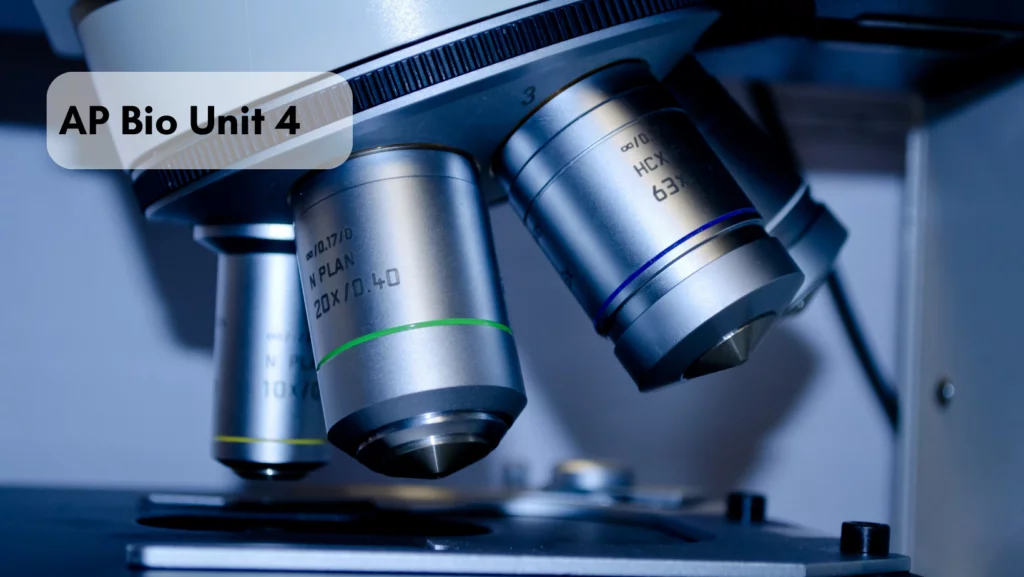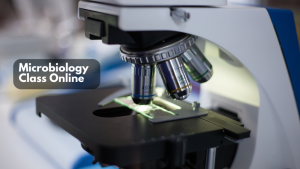According to the College Board, 237,338 students took the AP Biology exam, but only 67.2% got the minimum passing score in 2022. Out of the eight units examined, AP Bio Unit 4 proved the most challenging due to the complexity of the content covered in the topics. Generally, Unit 4 of AP Biology talks about cell communication and the cell cycle. In this guide, our biology exam experts summarize the main sections of the unit and the key objectives students must grasp to pass the AP Bio Unit 4.
The Main Sections of the AP Bio Unit 4
The AP Bio Unit 4 contributes around 10% to 15% of the weighted score in the final AP Biology Exam. Therefore, understanding the key sections of the curriculum is crucial to passing the course. The following are the main topics covered in the unit:
Cell Communication
Cell communication explains how cells send and receive signals between themselves and the environment. It also explores how these signals are crucial to development and growth, immunity, and biological processes such as homeostasis. The three stages of cell communication covered in AP Bio Unit 4 include:
Cell Signal Reception
This explores how cells secrete molecules or ligands that bind on other cells. It occurs in different forms, including:
- Endocrine reception – This explains how the cells in the endocrine system secrete specific hormones into the bloodstream used in the signaling process.
- Autocrine reception – Here, students learn about the various molecules cells produce that bind to its own receptors.
- Juxtacrine reception – It talks about the protein’s cells release that binds to proteins of nearby secreting cells.
- Paracrine reception – This section elaborates on how cells release signals to other cells that induce specific changes.
Signal Transduction
Signals received on cell surfaces are transmitted to the interior of cells to ignite responses through signal transduction pathways. The AP Bio Unit 4 explores the series of reactions or changes that enable signal transduction and the secondary messengers responsible for the process, such as:
- Enzymatic receptors
- Ligand ions (e.g., calcium ions)
- 7-TM receptors
- Nuclear receptors
Cellular Response
Cell response is the final step in cell communication. It refers to how cells respond to external stimuli, whether it’s through metabolic alterations, gene expressions, movements, or differentiation. All cell responses can be classified into positive and negative response or feedback.
Cell Cycle
The other main section of AP Bio Unit 4 is the cell cycle. It explains the process by which cells divide (cell division) to form two or more daughter cells. According to the National Human Genome Research Institute, the cell cycle process can be divided into the following stages:
Interphase
The interphase is the initial process of the cell cycle and the longest of all stages. It explains the process cells go through during cell division and the different stages, such as:
- G1 or Gap 1: This is where a cell grows and develops the molecular structures, including the distribution of DNA and organelles required for the cell division processes process.
- S phase: The synthesis or S phase is when cells breakdown a copy of their DNA and duplicate themselves to form two identical chromosomes
- G2 or Gap 2: Here, cells use grow and generate DNA in preparation for mitosis.
Mitosis
Also known as the M phase, parent cells at this stage of the cell cycle undergo complete or permanent division and develop into two distinct daughter cells. For this to occur, the following process take place:
- Prophase: cells condense and become visible chromosomes
- Metaphase: Chromosomes align at the equatorial plane
- Anaphase: Mitotic spindle pulls the sister chromosomes towards opposite ends of the cell
- Telophase: Chromosomes reach their respective pole and form separate nuclei
Cytokinesis
The final process of the cell cycle involves the cells splitting into two to form two new cells, each with their own nucleus. This cytokinesis process is different in plants and animals. In animals, a contractile ring pinches the cell membrane forming two cells, while plants form a rigid cell wall that divides the cells into two.
AP Bio Unit 4 Curriculum Objectives
By the end of AP Bio Unit 4, learners must be able to explain the following to ascertain that they’ve grasped the course content:
- The methods cells use to communicate with each other over short and long distances
- The signal transduction pathways and the components involved in the process
- The different cell responses and the role of the environment in producing the responses
- Positive and negative responses or feedback
- Key events of the cell cycle
- Impacts of disruptions on the cell cycle
- The contribution of mitosis to cell transmission between generations
Understanding the AP Bio Unit 4
AP Bio Unit 4 is among the challenging units in AP Biology. Students wishing to pursue science courses in college get higher college entry credits by passing the unit and overall exam and they could even avoid repeating related courses in college. Our biology experts can help students prepare for the unit and course to increase their chances of getting into a desired institution.



